The Russian Nagant M1895 revolver is usually an afterthought, at best, when the topic of military surplus weapons comes up. After all, the Nagant isn’t sexy like the German Lugers and P38s. Nor does it have the iconic lineage of the Colt 1911 or Browning Hi Power. It did, however, serve Russia and the Soviet Union for 55 years and in four major wars, including the Russian Civil War immediately following World War I and the revolutions of 1917.
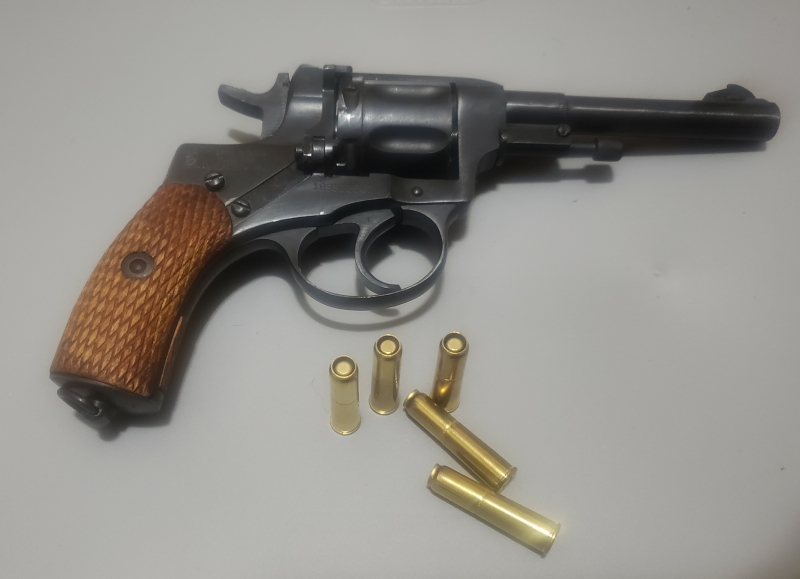
I believe the Nagant M1895 is undeservedly maligned and makes a novel and relatively inexpensive addition to any MILSURP collection, if for no other reason than its unique operating system. More on that in a moment, but the gun’s service deserves a little attention because it was a warhorse, despite its odd appearance and anemic reputation.
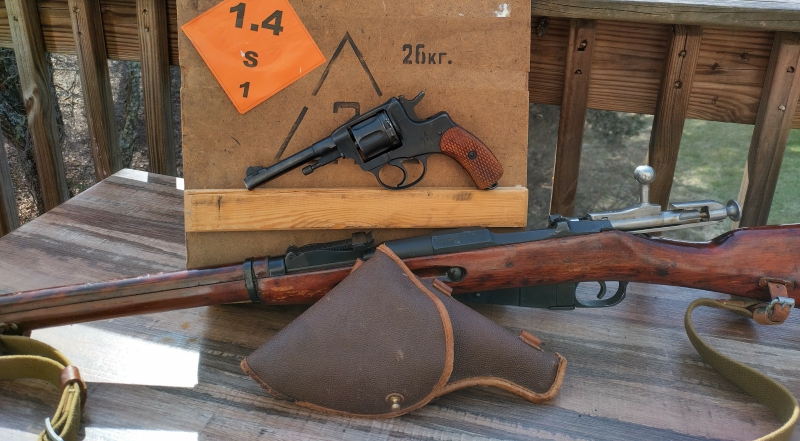
A Seasoned Campaigner
Introduced in 1895, the Nagant was deployed throughout the Russian Army in time for the 1904-1905 Russo-Japanese War, a bloody affair that foreshadowed the trench warfare of World War I.

The Russian military needed several years to recover from its defeat in the Far East and the Nagant stayed in service. It was obsolete by the time war broke out in 1914, but the Russian Army was still the least advanced in Europe and needed upgrades more pressing than a new service pistol. The revolutions of 1917 led to the Russians withdrawing from World War I, but peace was not at hand, as the Russian Civil War erupted almost immediately. An estimated 15 million people died before Vladimir Lenin seized firm control in 1923. The Nagant 1895 revolver served on both sides.
The years between the Russian Civil War and World War II saw the founding of the Soviet Union and the eventual power transition to Josef Stalin after Lenin died in 1924. Stalin famously brutalized his people, including his crippling purges of the Red Army officer corps in the 1930s. Within such an environment, Russian arms development did not always keep pace with the rest of the world.
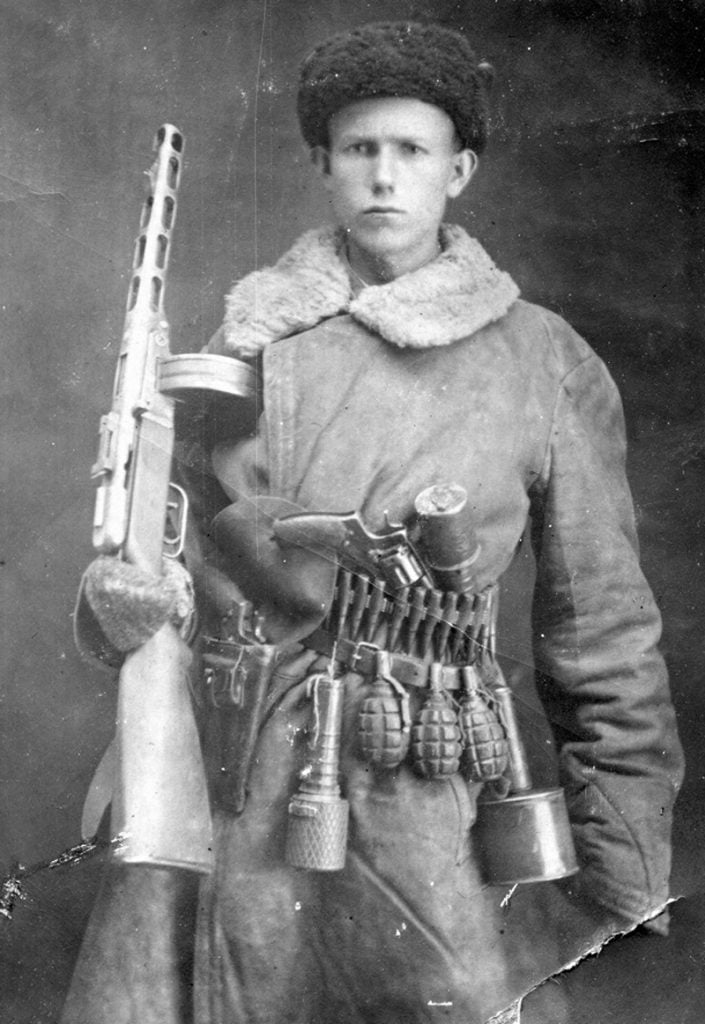
The Nagant M1895 was still carried by many Soviet officers when World War II broke out in 1939, despite the development of the Tokarev TT-30 and TT-33 semiautomatic pistols. In this same vein, the M1891/30 Mosin Nagant was still the standard infantry rifle despite being in service for 48 years at that point. Adolf Hitler stabbed Stalin in the back in June 1941, giving the Soviets a lot more to worry about than what sidearm their officers carried. The Nagant was produced throughout the war at the Tula Arsenal, with the last one being built in 1950.
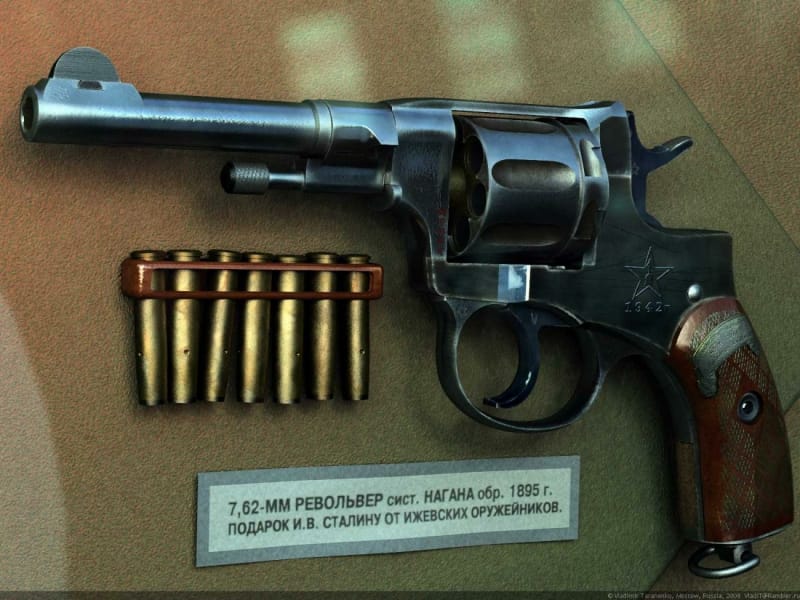
A Unique Design, But Was it Too Weak?
Designed by Belgian gunsmiths Leon and Emil Nagant, who were also mostly responsible for the Mosin Nagant rifle, the M1895 revolver is better than generally thought. Part of that reputation stems from the 30 caliber (7.62x38R) cartridge which by modern standards is underpowered. But in the late 19th and early 20th centuries, chamberings such as 6.5mm and 7.65 mm (.32 ACP) were very common in Europe. Some still are in European police forces. My Beretta 81, chambered in 7.65, is an Italian police trade in and it was made in the 1980s.

Now, I’m not saying that the 7.65 and the 7.62x38R are viable military, police, or defensive cartridges in 2022. My Beretta 81 is a fun gun that lives in a backpack. Heck, I won’t even own a .380. But the 7.62x38R isn’t as bad as many claim. And remember the Nagant was introduced in 1895, so proper context is important. Even the United States tried to go with a softer shooting sidearm with the Colt New Army/Navy, introduced in 1892, which was chambered in .38 Long Colt. That cartridge’s underwhelming performance prompted the return to the .45 ACP with the M1911 and the Smith & Wesson Model 1917 revolver.

The cartridge’s performance, however, is helped by the gun’s operating system. Let’s take a closer look at how that system works. The cocking mechanism, as the hammer comes back, moves the cylinder forward to create, along with the cartridge, a seal that prevents most of the gas and energy from escaping out the sides. The noticeably long firing pin is necessary to reach the primer as the cylinder moves forward. This system all but eliminates the “cylinder gap” of other revolvers. This feature makes the Nagant the only revolver of which I’m aware that can be effectively suppressed, if you’re so inclined.
The Cartridge Itself is Part of the System
As I mentioned, the unusual cartridge developed by the Nagant brothers is designed to create the seal that keeps the energy in the chamber and barrel. The brass is tapered up around the cone of the bullet and extends just past the nose. Russian military ammo featured a long consistent tapering while most commercial rounds feature a straight brass case which is crimped just beyond the bullet nose.
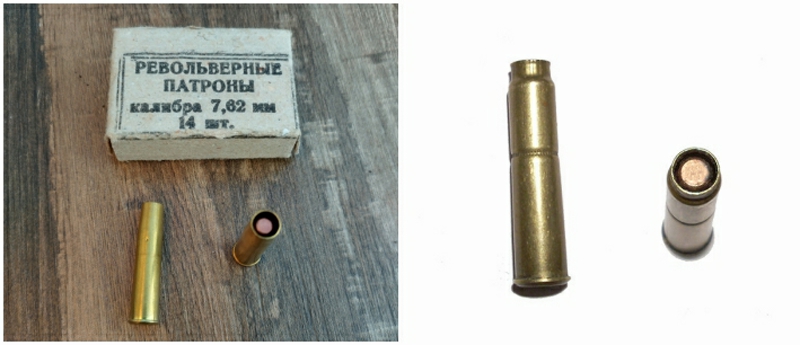
Either way, when the cylinder moves forward as the hammer pulls back, the cartridge case enters the barrel, completing the seal. Therefore, all the energy and gas are focused forward through the barrel and out the muzzle. The seal gives the round an estimated 50 to 70 FPS in extra velocity, translating to a little more energy at the muzzle and on the target.
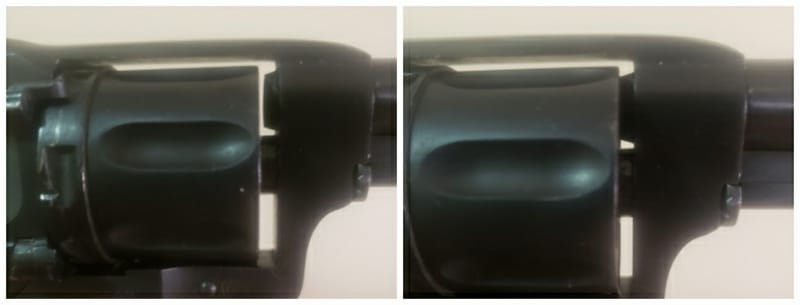
The sources I found rate the Nagant’s performance, with 108 grain military ammo, at 900 to 1,100 FPS. Not exactly consistent, but I looked at several tests, and with military ammo, the Nagant outperformed the .32 ACP and was comparable to the .380 ACP. In one test, with surplus ammo testing in the 950 FPS range, the bullet went through four layers of denim and produced a 20-inch penetration of ten percent ballistic gel at a range of about three yards.
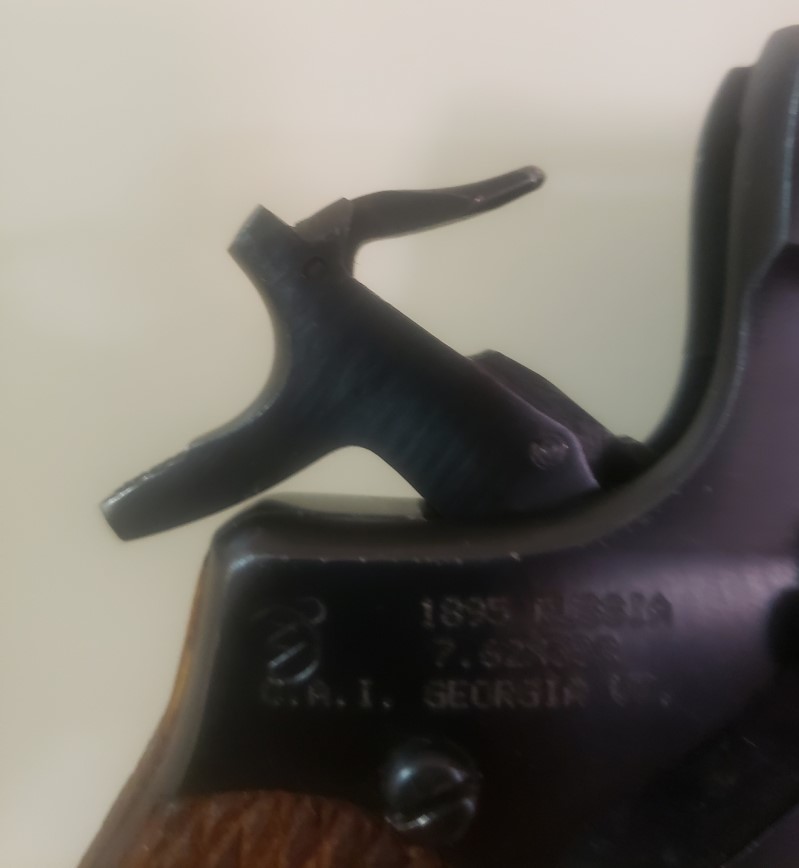
Choose Quality Ammo
Despite the cool operating system, the Nagant’s performance relies on quality ammunition. Part of the gun’s reputation for weakness comes from the poor quality, low powered ammo that was made for target shooting. The crimped commercial ammo also reportedly uses bullets that are just a touch smaller in diameter to facilitate the crimping on the front end of the cartridge. This technique is supposedly easier and less expensive than the tapering of the military rounds but comes at the price of a less efficient seal and reduced accuracy.
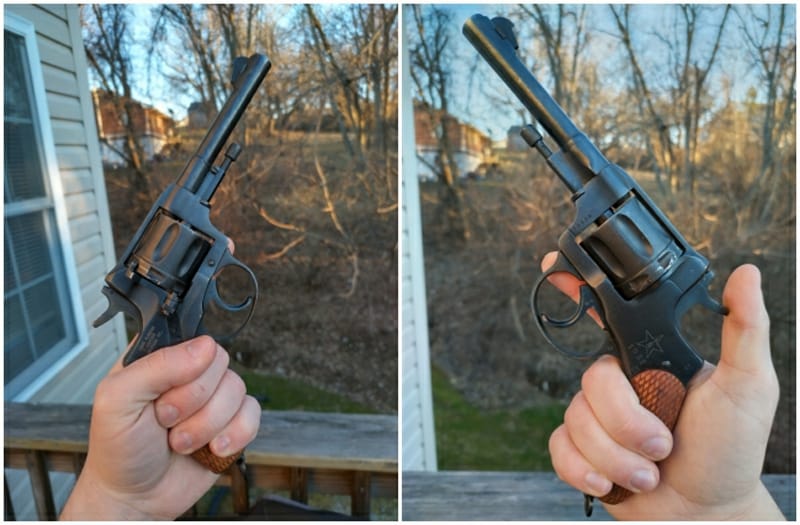
There are, however, better quality rounds out there. Fiocchi and Prvi PPU make pretty good ammo for the Nagant. They still used crimped brass and undersized bullets, but they are the best commercial cartridges I’ve run across. Ideally, you should get military surplus ammo for the best performance, but with the current international situation, that may dry up quickly.

A Few Things to Know
If you run across a Nagant M1895 and decide to buy it, here are a few tips:
- Don’t be turned off by the weird looking grip. It’s more comfortable than you think.
- The cylinder does not swing out. You have to use the loading gate and load the cartridges one at a time. Not really so different than a Ruger Blackhawk or similar single action revolver.
- The gun has double action capability, but thanks to way the action works, the DA trigger is truly atrocious. Treat it like a single action revolver and all will be well.
- If you want to suppress it, you’ll have to do some work. The front sight base is milled into the barrel. You’ll have to get the barrel threaded. But the results, if done right, are spectacular. The hammer hitting the firing pin is louder than the shot.
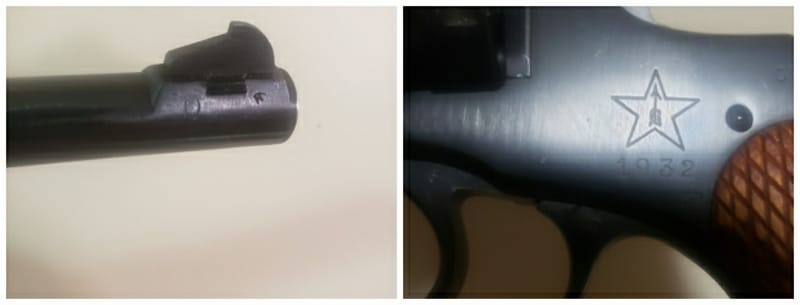
So, don’t let the sometimes-bad rap of the Nagant revolver deter you. It’s a cool little gun that is surprisingly pleasant to shoot. Many are in great shape, and they aren’t terribly expensive, even with the way MILSURPS have gone up the last ten years. The Nagant M1895served well through four bloody wars and deserves a place in your collection.


